
Aredant
Discovery
Discovery date: May. 06, 3551
Discovered by: Horizon-Delta expedition
Orbital characteristics
Semi-major axis: 41182537 km (0.2753 AU)
Eccentricity: 0.062
Orbital period: 46.198 d
Average orbital speed: 64.76 km/s
Inclination: 0.293°
Satellite of: Zeritar
Physical characteristics
Radius: 9671.7 km
Surface area: 1.175E+9 km²
Mass: 2.01E+25 kg
Density: 5.29 g/cm³
Surface gravity: 14.31 m/s²
Escape velocity: 16.64 km/s
Rotation period: 46.198 d
Surface temperature: 422°C | 540°C | 658°C
Atmosphere
Height: 220 km
Mass: 7.36E+20 kg
Atmospheric density: 45.99 kg/m³
Average surface pressure: 111.74 bar
Atmospheric composition
Carbon dioxide - 84.4%
Nitrogen - 11.7%
Sulfur dioxide - 3.2%
Sulfuric acid (aerosol) - 0.4%
Other - 0.3%
Discovery
Aredant was discovered in 3551 by the Horizon-Delta expedition sent by Constellaria into Interspace. During the initial scan, the planet was mistaken for a gas giant due to its dense cloud structure and powerful atmospheric storms. However, data from probes revealed a solid surface.
Orbit and rotation
Aredant orbits around Zeritar, a yellow-white star of F5.8 V spectral class, at a distance of 0.28 AU, making a complete revolution in 46 standard days. Due to tidal locking, the planet is always turned to one side of the star, creating sharp temperature contrasts between the extremely heated day hemisphere and the relatively “cool” night hemisphere, where temperatures can drop as low as 400°C.
Surface and geology
The surface of Aredant is a hot volcanic desert consisting of basalt plateaus, lava fields, and tectonic faults. Volcanic activity is high here, indicating powerful internal heating of the subsurface. The most prominent feature of the relief is the mountain ranges, which reach more than 20 km in height. Some of these mountains are covered with deposits of unknown minerals, which may indicate unique geochemical processes that occurred in the past.
Atmosphere
The atmosphere of Aredant is dense and toxic, consisting mainly of carbon dioxide (˜84%) with admixtures of nitrogen, sulfur compounds, and heavy metals in the aerosolized state. The pressure at the surface is tens of times greater than on Earth, creating conditions similar to the lower atmosphere of Venus. On the illuminated side of the planet, constant storms form powerful hurricanes with speeds up to 400 m/s. Because of the extreme temperature, precipitation in the usual form is impossible, but there are occurrences of acid fogs and periodic emissions of molten metal.
The past of the planet
According to one of the leading theories, Aredant was used by the Great Alliance as a testing ground for technologies associated with extreme temperatures and pressures. This hypothesis is supported by anomalous electromagnetic fields periodically recorded in certain regions and unusual geological structures. Also considered is the version that Aredant was artificially altered or was affected by some catastrophe in the distant past. However, no direct evidence of technological intervention has been found so far.
GENERAL INFO
- Created On: Windows
- Game Version: 1.3.204.1
CHARACTERISTICS
- Radius: 9,672 km
- Sea Level: -1,500 m
- Surface Gravity: 14.3 m/s
- Rotational Period: N/A
- Escape Velocity: 16.64 km/s
- Mass: 2.01E+25kg
Atmosphere
- Height: 221 km
- Scale Height: 32 km
- Surface Air Density: 45.986 kg/m3
- Surface Temperature: 814 K
EQUIRECTANGULAR MAP
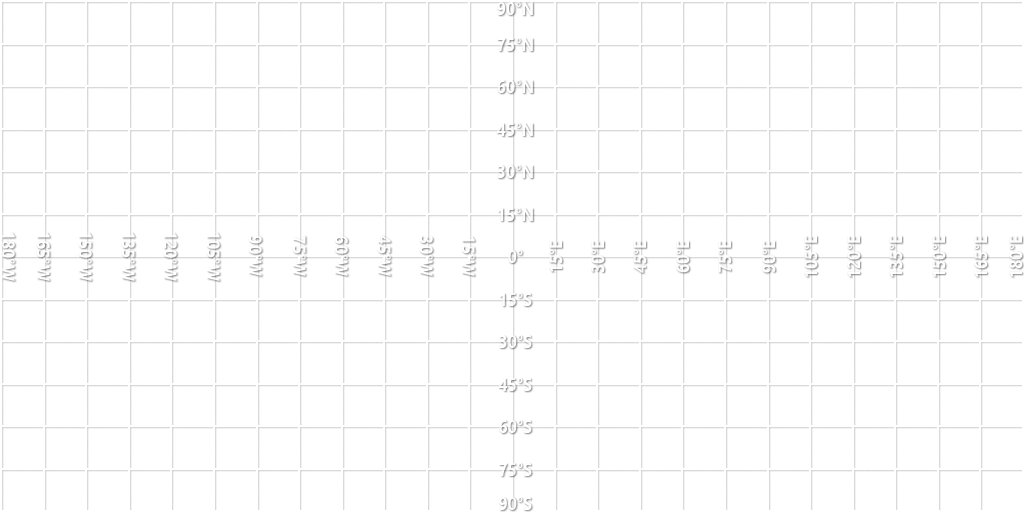

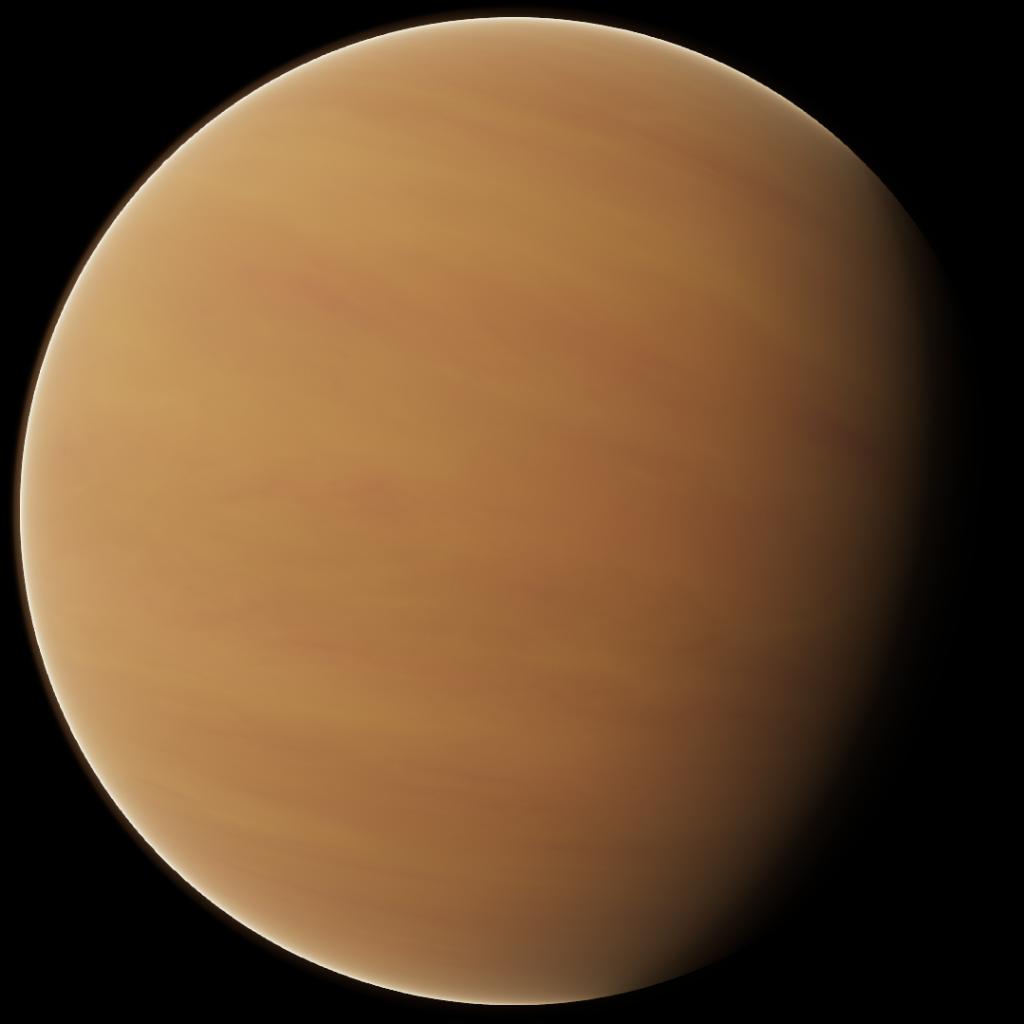

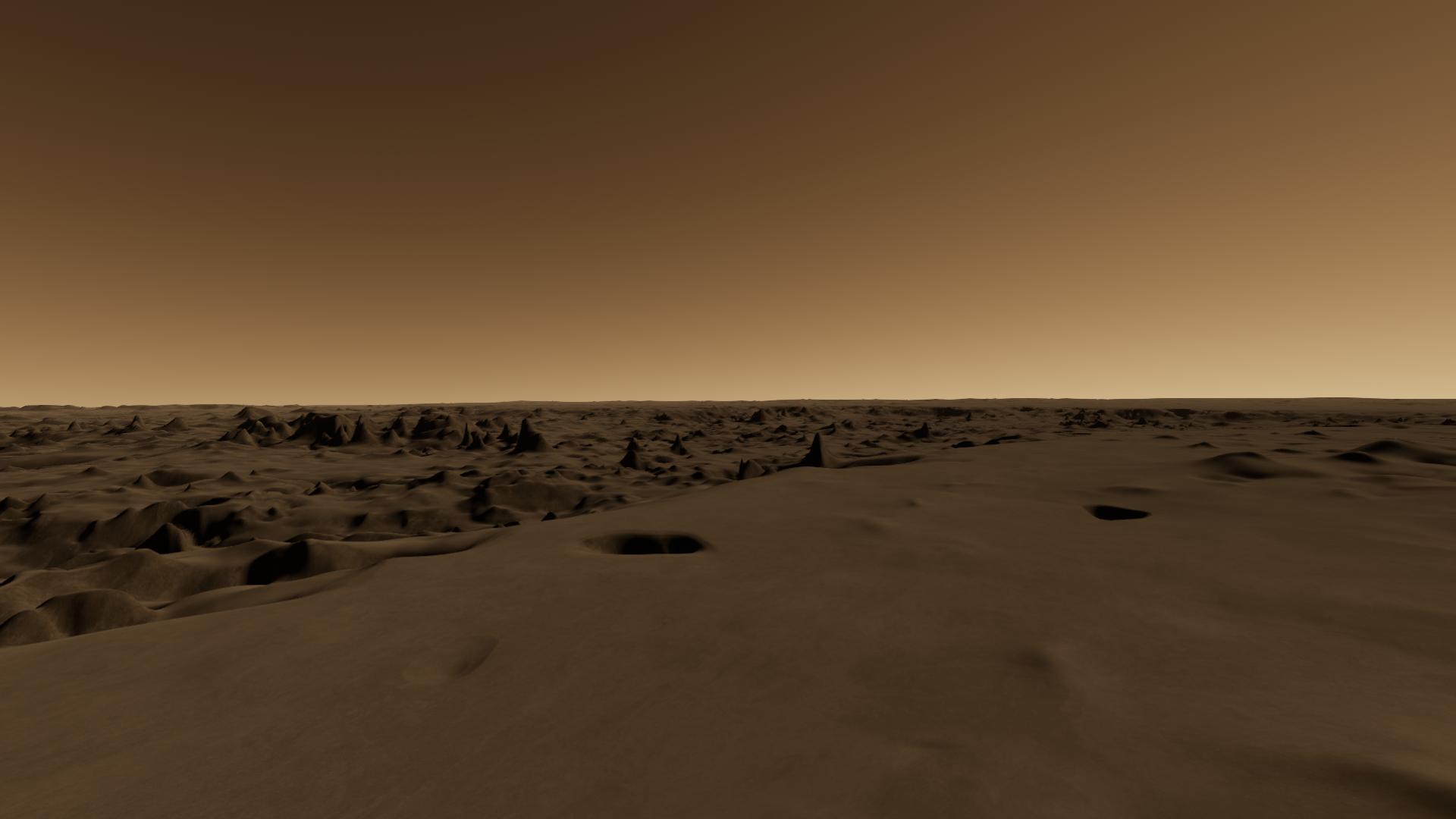
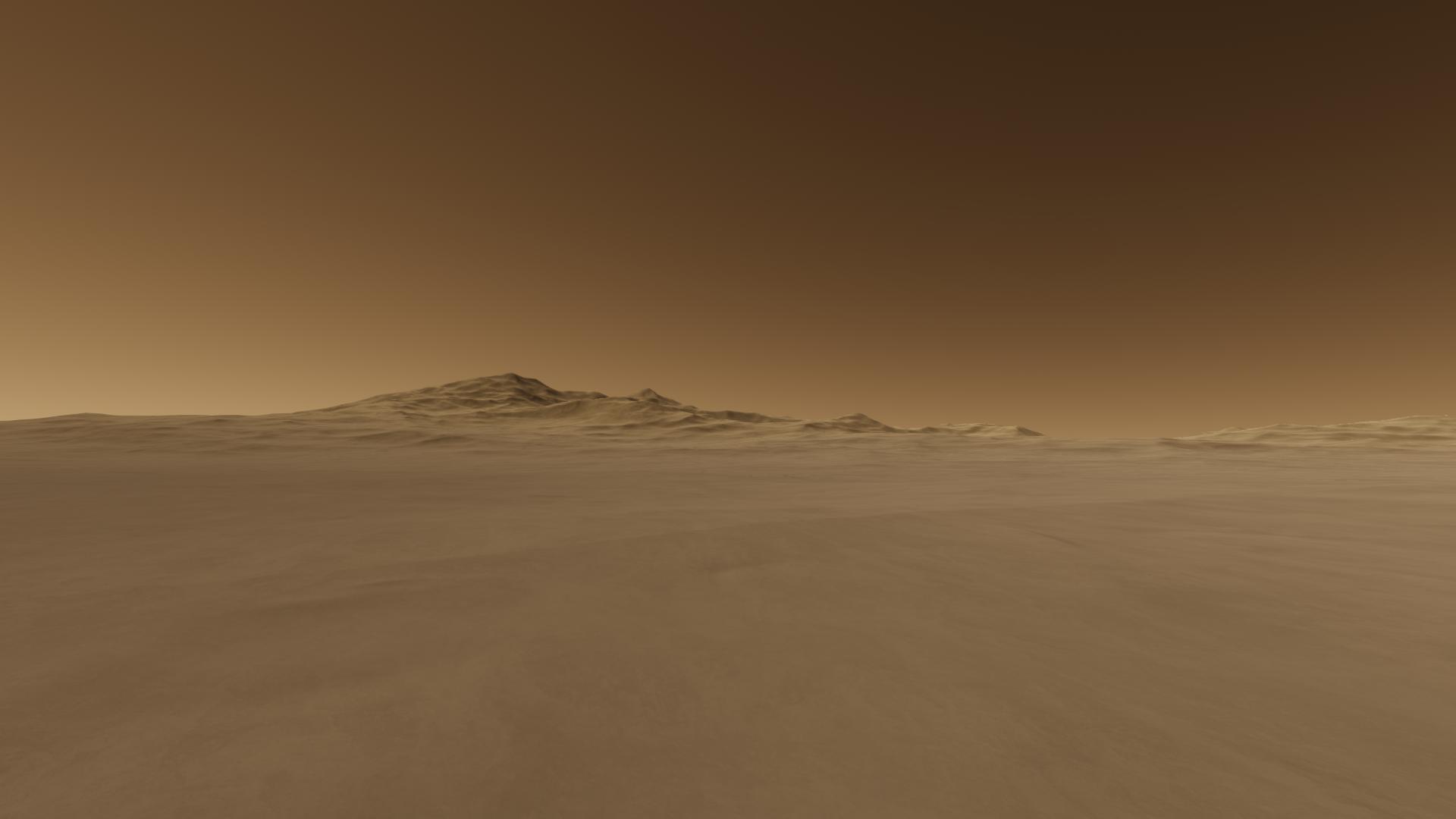
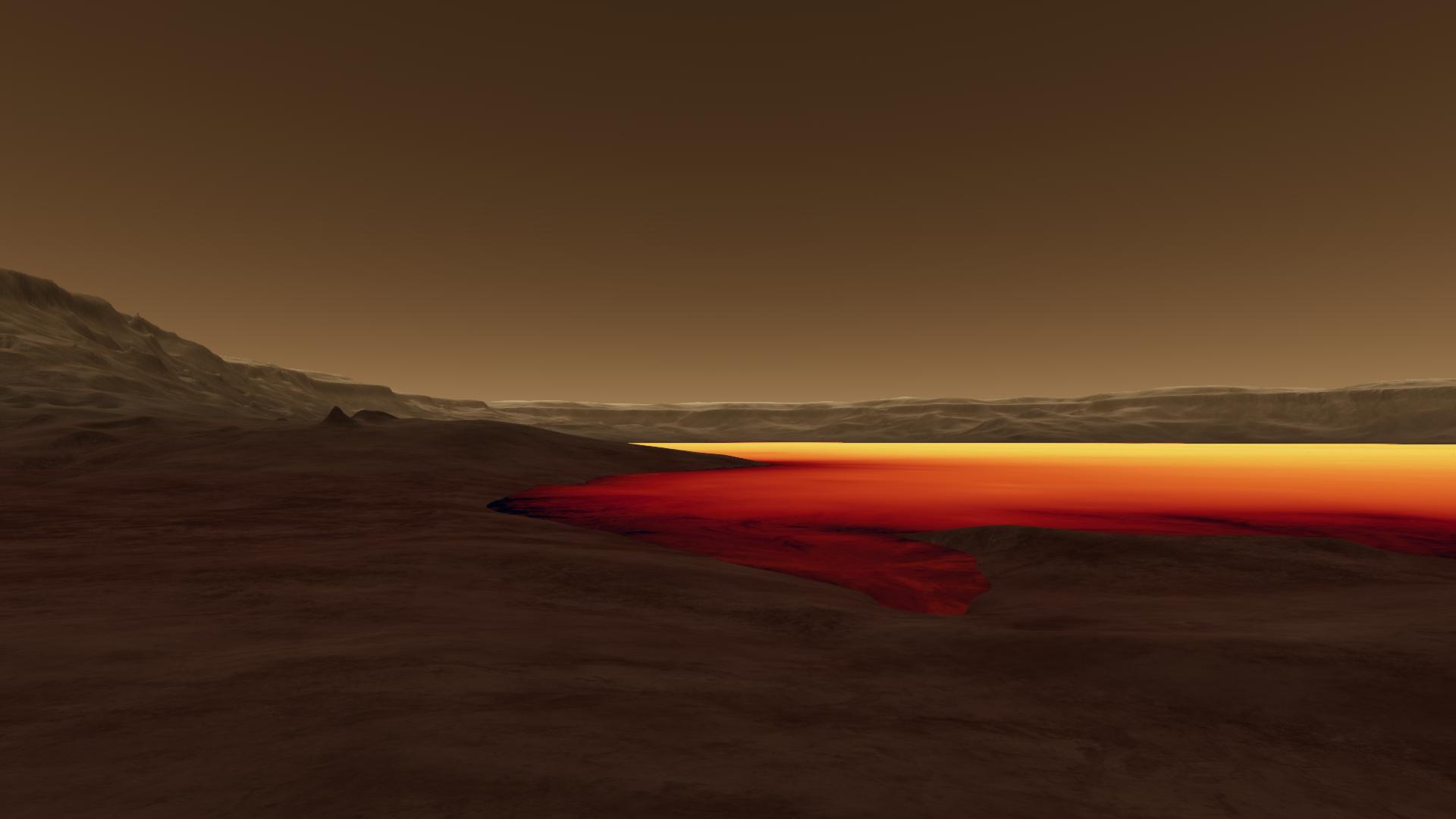
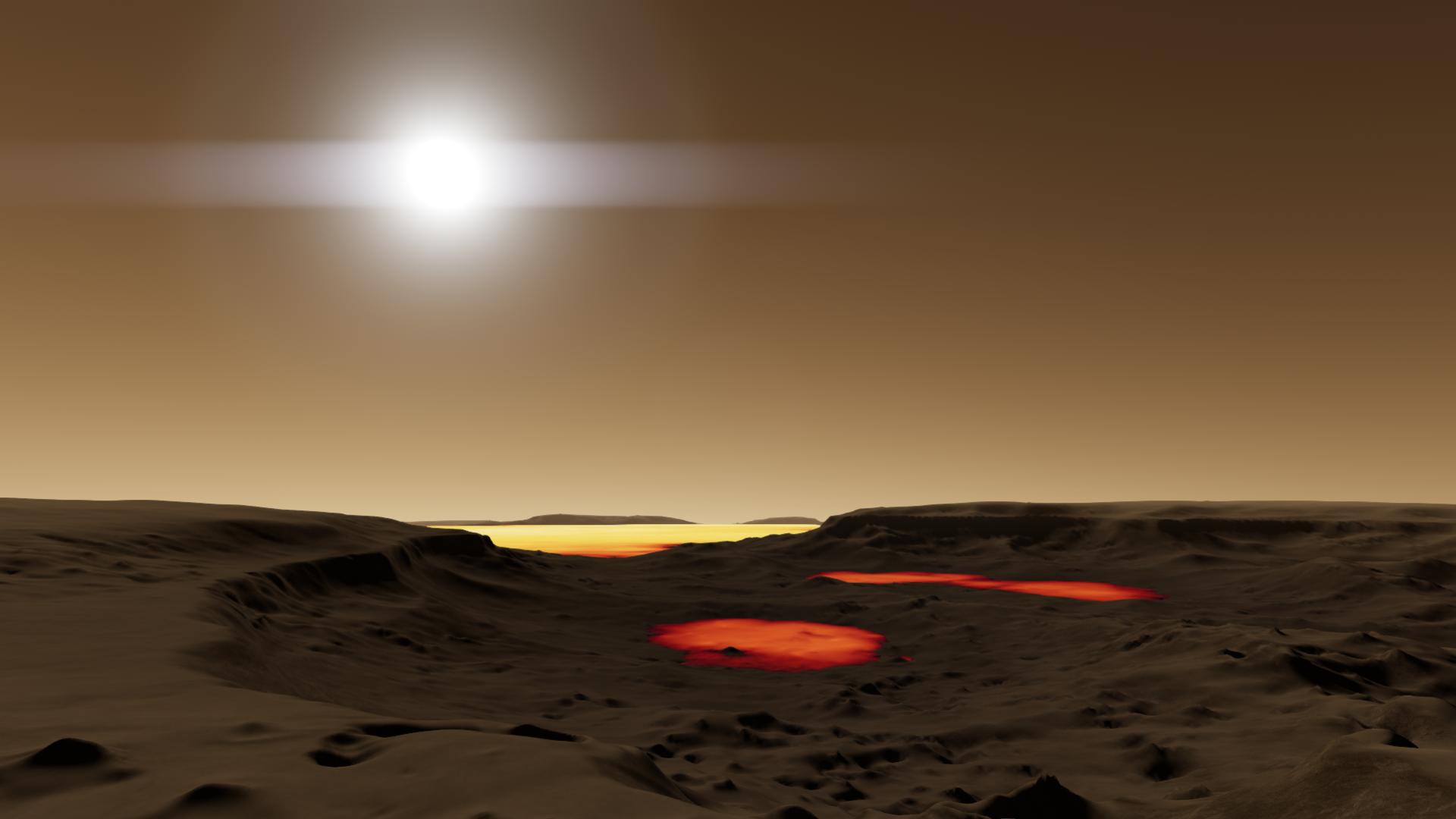
For some reason I initially thought it was a gas giant lol, love the lore and terrain, I rate this the mass of UY Scuti out of the mass of 4 Suns